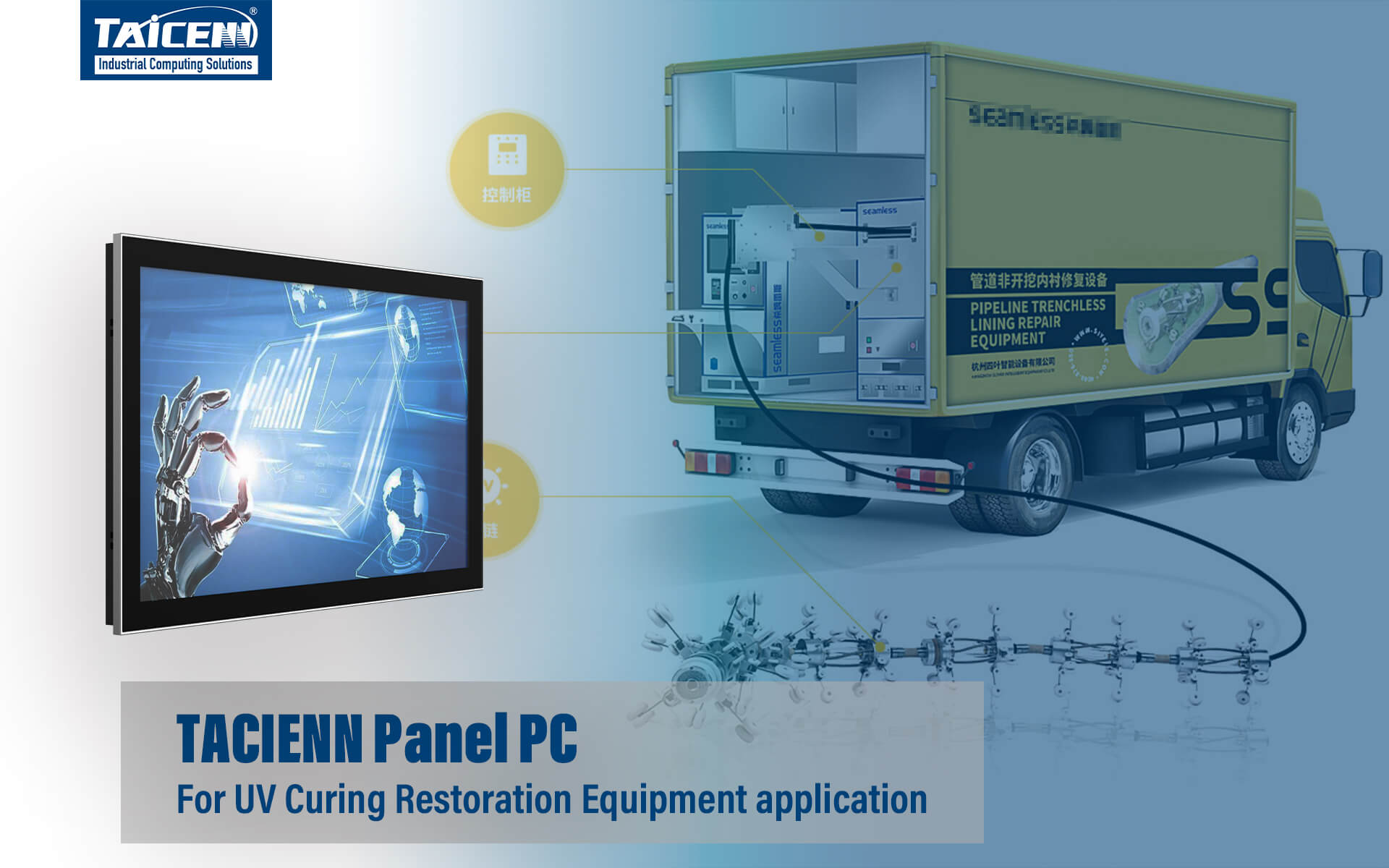Welcome to the future of industrial automation! In today’s fast-paced manufacturing landscape, staying ahead means embracing cutting-edge technology. Industrial Touch Panel PCs are revolutionizing how factories operate, offering a seamless and intuitive way to control machinery and monitor processes. Let’s dive into the world of Industrial Touch Panel PCs and discover how they are reshaping the way factories work.
Benefits of Using Industrial Touch Panel PCs in Factories
Industrial Touch Panel PCs bring a host of benefits to factories, enhancing efficiency and productivity. With their user-friendly interfaces, operators can easily control equipment and access real-time data with just a touch. This streamlined process reduces the risk of errors and minimizes downtime, ultimately leading to cost savings for businesses.
The compact design of Industrial Touch Panel PCs saves valuable floor space in crowded factory environments. Their rugged construction makes them durable enough to withstand harsh industrial conditions, ensuring reliable operation even in challenging settings. Additionally, these devices offer versatility by supporting various software applications tailored to specific manufacturing needs.
By centralizing control systems through Touch Panel PCs, factories can achieve seamless integration of different processes for improved synchronization and coordination. Real-time monitoring capabilities allow for quick decision-making and proactive maintenance scheduling to prevent potential breakdowns before they occur. Industrial Touch Panel PCs empower factories to operate more efficiently and competitively in today’s digital age.
Real-Life Examples of Automation in Factories with Touch Panel PCs
Imagine a bustling factory floor where industrial panel PCs are seamlessly integrated into every process. Picture workers easily accessing real-time data, monitoring production lines, and making quick adjustments with just a tap on the screen.
In one corner of the factory, a robotic arm precisely assembles intricate components guided by instructions displayed on a high-resolution touch panel PC. Meanwhile, in another section, quality control inspectors use touchscreens to identify defects and track product inspections efficiently.
These touch panel PCs revolutionize automation in factories by streamlining operations, reducing human error, and improving overall efficiency. With intuitive interfaces and robust functionalities, they empower manufacturers to optimize their processes like never before.
Challenges and Solutions for Implementing Industrial Touch Panel PCs
Challenges may arise when implementing Industrial Panel PCs in factories. One common challenge is ensuring compatibility with existing systems and machinery. This can lead to integration issues that require careful planning and testing.
Another challenge is the need for robust cybersecurity measures to protect sensitive data and prevent unauthorized access. Regular software updates and strong password protocols are essential solutions to mitigate these risks.
Additionally, operators may face a learning curve when transitioning from traditional controls to touch panel interfaces. Training programs and user-friendly interfaces can help employees adapt quickly and effectively.
Furthermore, environmental factors such as dust, moisture, and temperature variations can impact the performance of touch panel PCs. Choosing ruggedized models designed for industrial settings is a solution to ensure durability under harsh conditions.
Addressing these challenges proactively can pave the way for the successful implementation of Industrial Touch Panel PCs in factories.
Future Trends and Advancements in Industrial Touch Panel PC Technology
As technology continues to evolve at a rapid pace, the future of Industrial Panel PCs looks promising. One key trend on the horizon is the integration of artificial intelligence and machine learning capabilities into these devices, allowing for more advanced automation and predictive maintenance in factories.
Another exciting advancement is the increasing adoption of IoT (Internet of Things) connectivity in Industrial Touch Panel PCs. This enables real-time data monitoring and analysis, leading to improved efficiency and decision-making in manufacturing processes.
Moreover, we can expect to see enhancements in touch panel display technologies, such as higher resolutions, better touch sensitivity, and increased durability to withstand harsh industrial environments. These developments will further enhance user experience and productivity on the factory floor.
In addition, advancements in cybersecurity measures will be crucial to protect sensitive data transmitted through Industrial Touch Panel PCs. Implementing robust security protocols will be essential to safeguard against potential cyber threats and breaches as these devices become more interconnected with other systems within smart factories.
Considerations When Choosing an Industrial Touch Panel PC for Your Factory
Selecting the right industrial touch panel PC for your factory is a crucial decision that can impact the efficiency and productivity of your operations. When evaluating options, consider factors such as the durability and ruggedness of the device to withstand harsh industrial environments. Additionally, examine the processing power, memory capacity, and connectivity options to ensure seamless integration with existing systems.
Moreover, prioritize features like multi-touch capability, high brightness displays for visibility in different lighting conditions, and compatibility with various software applications used in automation processes. It’s also essential to assess long-term support and maintenance services offered by the manufacturer to minimize downtime and ensure continuous operation.
By carefully considering these factors and choosing an industrial touch panel PC that aligns with your factory’s specific requirements, you can leverage cutting-edge technology to revolutionize automation processes and drive operational excellence in your facility. Embrace innovation, stay ahead of industry trends, and empower your workforce with advanced tools that enhance efficiency and competitiveness in today’s dynamic manufacturing landscape.



